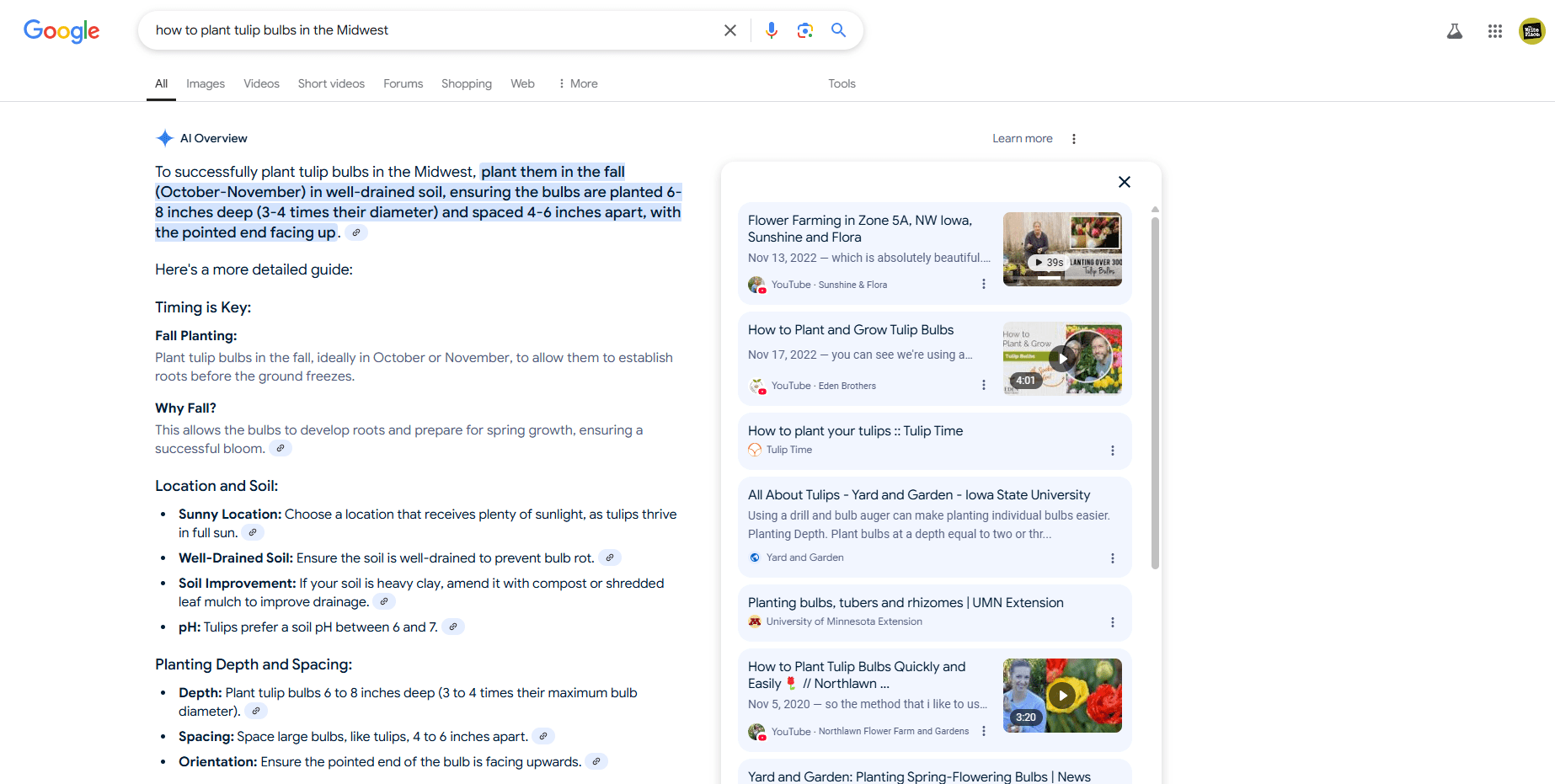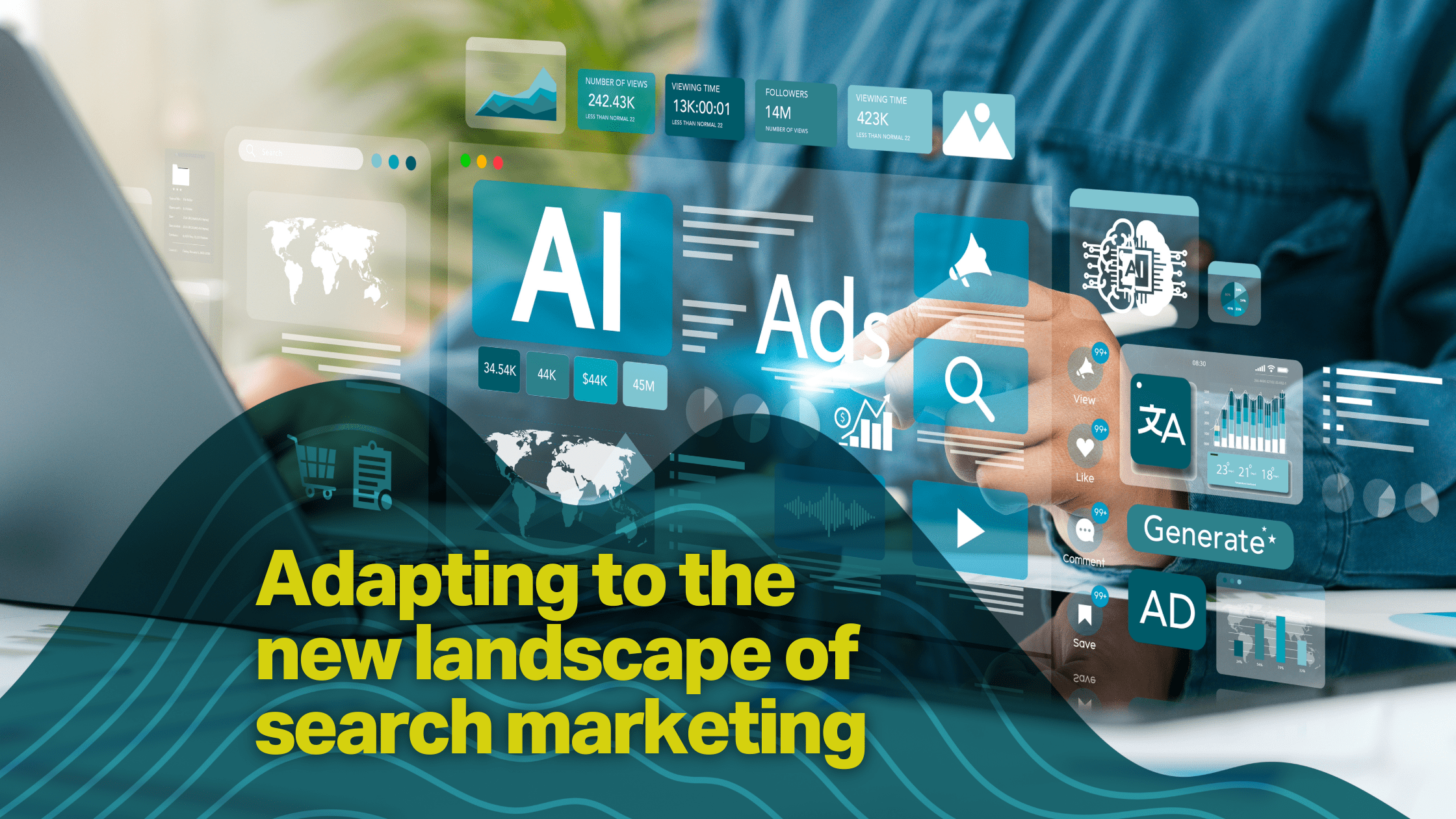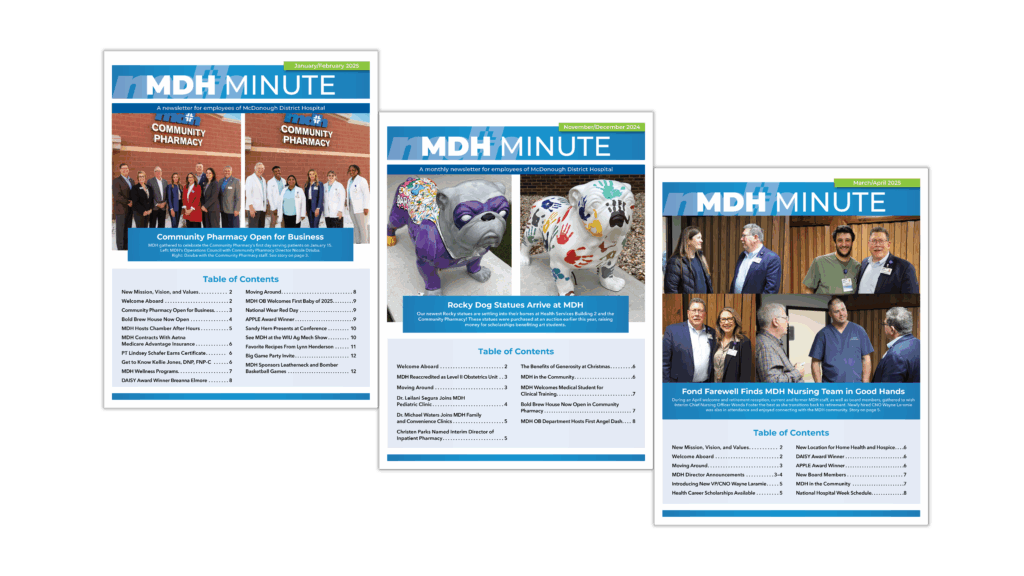by Sarah Purdy, WP editor and online content specialist
Those of us who have been in the search marketing game for a while have seen many changes … but nothing quite like the major (practically tectonic!) shifts brought on by AI and the explosion in the number of devices consumers now have at their fingertips to search for information.
For so long, search marketing has revolved around optimizing your website and writing keyword-rich content, with the ultimate goal of putting you near the top of the search results page (or SERP). However, Global research firm Gartner predicts that traditional search traffic will drop by 25% in 2026, thanks to AI chatbots and other personal agents like social media and voice assistants.
Don’t be alarmed! You don’t need to throw out all your content-writing and keyword-researching best practices. These skills will still be an important piece of having a successful online presence. But to stay visible online, businesses and nonprofits will need to think beyond traditional SEO. We need to find ways to meet our core audiences where (and how) they’re engaging online today.
When (and how) to optimize for Google AI Overviews
In their current form, Google AI Overviews have been part of the search experience for almost a year. These overviews synthesize information from multiple sources to provide concise answers to search queries. They’re placed above the traditional search results, and they include a sidebar list of the webpages Google used to generate the overview.
Let’s look at an example. If I type “how to plant tulip bulbs in the Midwest” into Google, I’m served this AI Overview.

The overview begins with some fast tips, then delves into a more detailed guide. To the right, we can see that this information has come from a variety of yard and gardening experts, including several videos and webpages. But the most striking thing?
The traditional search results are pushed completely off my screen. I have to scroll down to get to them and could theoretically get all the information I need from the AI Overview—without ever clicking on a website.
So, what’s a content developer to do? First and foremost, determine how likely it is for an AI Overview to displace you in the SERP.
What types of queries typically prompt an AI Overview?
In September 2024, Rich Sanger and Authoritas published research that found Google now uses generative AI in over 20% of search results. Drilling down more deeply, SEO expert Mark Traphagen of seoClarity discovered that over 96% of AI Overviews are popping up for informational requests (like the how-tos of tulip planting). They appear only 1.2% of the time for transactional queries and not at all for local queries.
This data tells us that the sites most affected by AI Overviews are those with a heavy focus on sharing information—like a cooking blog, a nonprofit raising awareness about childhood literacy, or a hardware store publishing content on home improvement dos and don’ts.
How to adapt your content strategy to capitalize on AI Overviews
If your business or nonprofit relies on informational content that’s likely to be displaced by an AI Overview, your goal is no longer to appear near the top of the SERP. It’s to become a source named in the AI Overview. If someone’s question isn’t answered by the overview or they want to dig into a topic more deeply, one of the first things they’ll see is that list of sources.
To make that happen, you’ll need to keep applying the best practices of traditional search engine optimization while also thinking more broadly about the user experience. Here’s what that looks like:
- Meet technical requirements. Make sure your site is friendly to search engines, can be easily crawled, is error-free, and doesn’t engage in spammy practices.
- Publish high-quality content and establish your expertise. Google continues to value EEAT (experience, expertise, authoritativeness, and trustworthiness). You can demonstrate these things in your content by sharing your credentials, including FAQ sections, and incorporating relevant backlinks.
- Adopt a user-centric approach. Historically, content strategies have been keyword-focused—conducting research, choosing keywords to target, and incorporating them throughout your site. But for AI Overviews, Google isn’t strictly looking for keywords. It wants content that answers real questions. For content writers, that means taking a more wholistic and conversational approach that taps into how people talk and ask questions about a topic.
A good place to start generating content that’s attractive to the AI Overview is to list out the questions you frequently get from your customers or supporters. Then, take those questions and your usual talking points and transform them into articles, webpages, videos, and even social posts Google can draw from.
Maximizing social search opportunities
As we covered in June 2024, the era of social search has arrived. Users are no longer relying on search engines when they research a topic or product—they’re also turning to social platforms like TikTok, Instagram, Facebook, YouTube, and more.
You don’t need to be on every platform to effectively tap into the social search trend. To start, you’ll need to determine:
- Which platforms your core audience is active on
- Which platforms are best for the content you’re able to create (long-form articles, photos, videos, polls, etc.)
Once you know where to go, the goal is to integrate relevant keywords and hashtags into your profile and posts and create quality content that answers your audience’s needs and questions. For platform-specific tips, check out our guide to creating searchable social media content.
Maximizing voice search opportunities
Many households today have voice-assisted devices like Alexa and Google Home, which they’re using to not only check the weather and play music but to find businesses near them. For example, you can turn to your device for recommendations on the best pizza in a 10-mile radius or top brands of running shoes. You could also ask about kid-friendly events in your town this month or date night ideas.
The goal for brands is to find ways to slip into voice search. If you rely on local business, make sure you’re following local SEO best practices to make yourself more visible to these devices. This includes things like incorporating relevant keywords and developing conversational content that answers questions someone may have about your business, products, or services.
The search landscape is changing. While traditional search traffic as we know it isn’t fully going away, it is making room for new avenues like AI Overviews, social search, and voice search. The good news? There are many creative ways to adapt content creation for these opportunities.
Need help developing a content plan or social media strategy? We’d love to talk! Contact the Write Place at 641-628-8398 or send an email to hello@thewriteplace.biz.
Supporting sources and related reading:
- Evolving SEO for 2025: What Needs to Change (Search Engine Land)
- What Are the Digital Marketing Trends for 2025? (Digital Marketing Institute)
- Gartner Predicts Search Engine Volume Will Drop 25% by 2026, Due to AI Chatbots and Other Virtual Agents (Gartner)
- Search Marketing in 2025 (ER Marketing)
- Google AI Overviews: What Do They Mean for Search (Digital Marketing Institute)
- Search Intent and AI Overviews: Study Insights (Rich Sanger SEO)
Featured image source: Dee karen – adobe.stock.com



